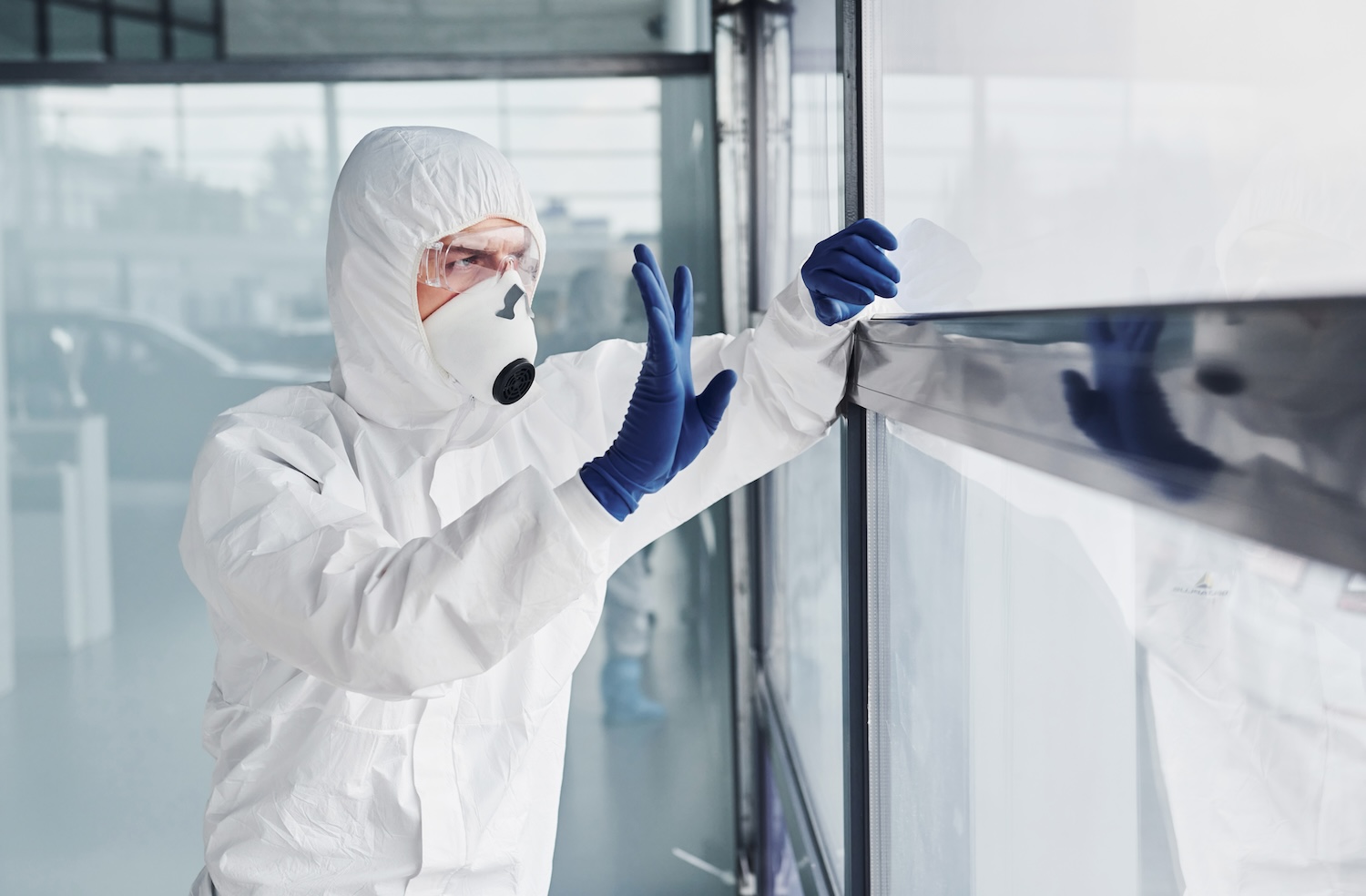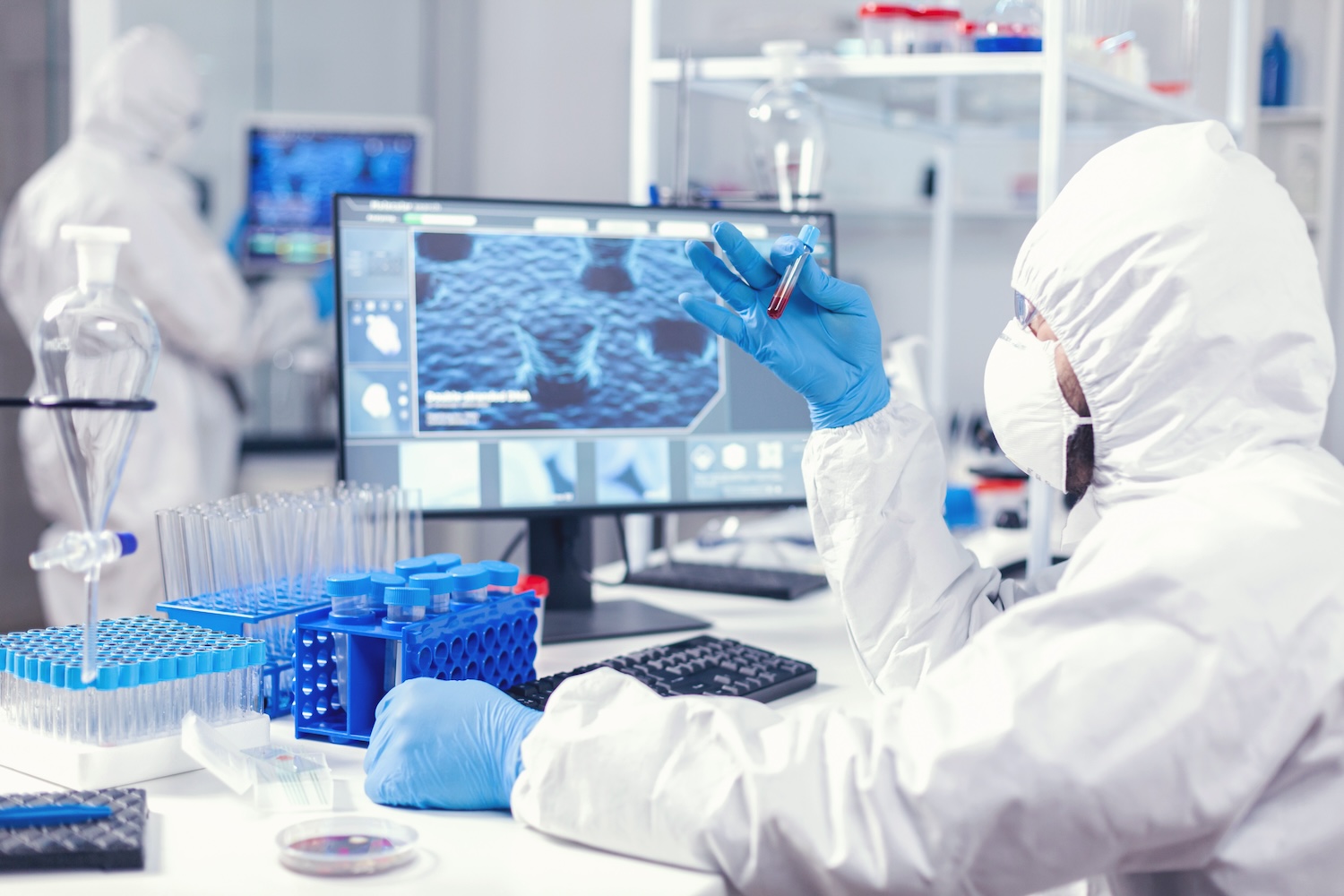We may not consider the development of antimicrobial surfaces against contamination in our daily lives. However, claims abound regarding the capabilities of antibacterial action. These range from countertops repelling bacteria to phone screens resisting viruses.
Microorganisms spread through attachment and growth on surfaces like doors, switches, and currency.
Understanding the interaction between microbes and surfaces is fundamental to curtail this spread. The pivotal question remains: are these claims a result of marketing tactics, or do these surfaces genuinely shield us from the microscopic realm?
The Intricacies of Microbes
Antimicrobial surfaces target a spectrum of three types of microbes:
Bacteria: Varied in shapes and sizes, some notorious for causing infections like E. coli and staphylococcus, more commonly in the food and beverage industries.
Viruses: Packets of genetic material causing illnesses like the common cold and influenza.
Fungi: Encompassing yeast and mold, some harmless and others triggering allergies and infections.
Applications for Prominent Surfaces
Two types of areas benefit from employing antimicrobial surfaces: high-touch surfaces and surfaces that absolutely cannot allow bacteria to remain. These could potentially contaminate other surfaces, so antibacterial agents should be applied.
Hospital equipment: Door handles, bedrails, and catheters benefit from antibacterial coatings to reduce the risk of healthcare-associated infections.
Kitchen countertops: Antifouling surfaces combat foodborne pathogens like Salmonella and E. coli, enhancing food safety.
Public touchscreens: ATMs, kiosks, elevator buttons and other high-touch surfaces can harbor a community of microbes, which antimicrobial coatings can help control.
The Floor: Beyond frequently touched surfaces, it’s essential to acknowledge that 80% of contamination infiltrates at the floor level. Industries handling medical devices, pharmaceuticals, cannabis, or substances conducive to microbe harboring are strongly advised to address contamination at its source.
Strategies Employed by Antimicrobial Surfaces
The surface structure the microbe or biomaterial first lands on determines if it can reproduce. Some surfaces are inhospitable to microbes, and they perish quickly. Others need a bit of help from the contact surface to stop the spread:
Metal: Surface properties infused with metals like copper and silver disrupt microbial cell membranes, causing leakage through the cell walls and cell death. This is an entirely innate process of the metal with no chemical additives. Recent studies have revealed that titanium alloys, releasing low levels of Ag and Cu ions, also demonstrate effective antibacterial properties, thereby minimizing the toxicity of metal ions on titanium surfaces.
Chemical: Built-in chemicals to the surface can puncture cell walls, interfere with DNA replication, or disrupt energy production, effectively debilitating the microbes. These are often distributed through spray, flow or brush coating.
Surface Texture: Some surfaces feature microscopic textures and surface roughness engineered to impede microbial attachment, making it harder for them to colonize.
Distinguishing Surface Types
Understanding the various types of antimicrobial surfaces will help implement a focused strategy in designing environments with minimized microbial contamination.
Patterned Surfaces
Micro or nanoscale patterns alter surface energy, creating irregularities to disrupt microbial settling and growth.
Functionalized Surfaces
Modified with antimicrobial agents actively inhibiting attachment, creating an inhospitable environment that disrupts cellular processes.
Superwettable Surfaces
Possesses extreme wetting properties challenging microbial attachment, forming a thin liquid film that hinders microbial colonization.
Smart Surfaces
Adapts to environmental changes for an adaptive defense, dynamically adjusting properties to create unfavorable conditions for microbial attachment.
Dycem
Dycem mats are a subcategory of smart surfaces incorporating the enhanced antimicrobial solution Biomaster. Biomaster, utilizing silver ion technology, actively prevents and hinders microbial growth as an antimicrobial additive. This process is consistently tested to ISO standards.
They are 99% effective against microbes and retain 99.9% of shoe and wheel traffic contamination. They also pull up to 75% of floating contamination out of the air.
Do antibacterial surfaces work?
Research emphasizes that antimicrobial surfaces can potentially reduce microbial populations on various surfaces, proving effective against bacteria, viruses, and fungi in controlled settings. However, there are some considerations:
- It’s Not Magic: Antimicrobial surfaces are not a substitute for thorough cleaning and hygiene practices; regular disinfection and adherence to compliance remain essential.
- Microbial Resilience: Over time, some microbes can develop resistance to antimicrobial chemical agents, diminishing surface effectiveness.
- Limited Lifespan: The performance of these surfaces often declines with wear and tear, necessitating regular maintenance or replacement. However, a Dycem mat maintains its antimicrobial properties well beyond its anticipated lifespan.


